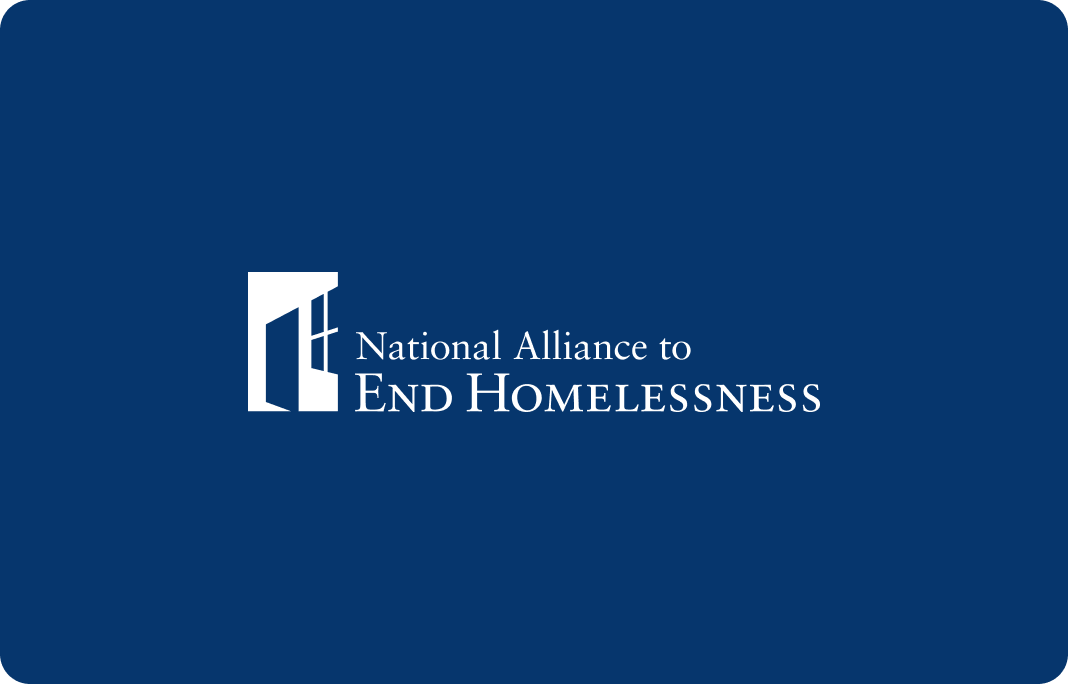The U.S. Department of Housing and Urban Development (HUD) recently released interim Continuum of Care regulations under the new Homeless Emergency Assistance and Rapid Transition to Housing (HEARTH) Act. These regulations contain more information about the requirement that communities establish a centralized or coordinated assessment system that conducts an initial assessment of the needs of individuals and families for housing and services in order to best match each household entering the homeless assistance system with the most appropriate resources available.
HUD has specifically identified individuals and families fleeing domestic violence, dating violence, sexual assault, and stalking as a population that should access services through a coordinated assessment process. HUD is currently accepting comments on whether or not victim service providers should be exempt from participating in the same coordinated assessment process as other homeless assistance providers. However, it appears that even if victim service providers are allowed to opt out, there will be a separate, but comparable system required. In either case, communities must be prepared to be responsive to and address the housing needs of domestic violence survivors, whether they present within the domestic violence system or at the homeless assistance system.
Coordinated assessment systems can be adapted to best suit various populations’ needs. For example, coordinated assessment need not require that people go to one location. Referrals are made to each household based on their own individual need, meaning that domestic violence survivors in need of specific crisis-oriented services can be accommodated. Additionally, data sharing agreements and other confidentiality procedures can ensure that private information is protected and seen only by those who have the rights to view it.
Some communities are already considering or implementing one coordinated assessment process for the entire system, rather than separate coordinated processes for domestic violence and homeless assistance providers. A singular coordinated assessment process that includes both domestic violence and homeless assistance resources and programs can facilitate access to the range of housing and service interventions available in the community, which may include rapid re-housing, emergency shelter, transitional housing and other housing services. Many domestic violence survivors are already served by the homeless assistance system. One combined system, if properly designed, could ensure the safety of survivors that are presenting as homeless, increase cooperation and collaboration between domestic violence and homeless assistance providers, increase understanding of domestic violence issues by assessment and case management staff in non-victim service provider organizations, and ensure that survivors of domestic violence are able to access the same housing resources available to the rest of the consumers served by the Continuum.
This document is a checklist for Continuums of Care to use to make certain that they are considering and incorporating the needs of households fleeing domestic violence and other similar forms of assault and harassment into their coordinated assessment processes. In addition to addressing the individual items below, systems should ensure they are including domestic violence providers in the discussion of how the assessment system is structured from the beginning.
Location and Emergency Accommodation
Does your coordinated assessment system have safe assessment options for survivors of domestic violence?
In communities with coordinated assessment systems that have a single location for assessment or in communities where the locations for assessment are well known or publicized, it is important for a Continuum of Care to have alternative methods and locations for assessment for survivors of domestic violence. Assessment locations that are known throughout the community quickly become a spot where an abuser can stalk, harass, or harm a survivor. Communities should consider telephone assessment options as well as a local domestic service provider as potential locations where survivors can receive assessment, and, if necessary, intake services safely.
Do you have shelter locations or other secure accommodations to offer a survivor immediately in an emergency situation?
It is common for communities to have emergency shelters at capacity and wait lists for empty beds. Communities should have policies in place to accommodate survivors who are in immediate danger and in need of emergency housing. Often communities will use hotel or motel vouchers to temporarily place a survivor in a safe location until an emergency shelter bed opens up. Having these resources available, and having assessment staff that know how to access them, will be crucial in properly accommodating survivors. In some cases, prevention or diversion may also be safe possibilities for households fleeing domestic violence.
Assessment Process
Does your coordinated assessment screen for domestic violence in order to make the safest and most appropriate referrals?
An individual approaching the homeless assistance system may not self-identify as a survivor of domestic violence or indicate they have any specific safety needs. Coordinated assessment staff should be trained to conduct a danger or risk assessment on any individual who presents as fleeing domestic violence or reveals any information that implies they may be dealing with domestic violence issues. This risk screening should be in addition to the standard screening administered to all households experiencing homelessness to determine what their immediate needs are. Risk assessments should be used to help identify and prioritize survivors in the greatest danger for limited domestic violence resources. Continuums should partner with their local domestic violence agencies to ensure staff are properly trained in how to ask these questions in a sensitive and appropriate manner.
Are your procedures for certification of homelessness survivor friendly?
Survivors of domestic violence are a population that HUD specifically identifies as eligible for self-certification of homelessness during the assessment process. Survivors should not be asked to provide a protective order in order to qualify for or receive homeless assistance services or be asked to put themselves at physical risk in order to provide any other form of certification. Continuums should consult with their local domestic violence service agencies to see if any other rules in place at assessment centers could have the unintended consequence of endangering the safety of a survivor.
Are all coordinated assessment staff trained on the confidentiality and privacy rights of all individuals to not disclose personally identifying information and adhering to Health Insurance Portability and Accountability Act (HIPAA), Violence Against Women Act (VAWA), and federal laws in place to protect survivors?
All households have the right to not disclose personally identifying information to receive emergency shelter services. There are specific legal protections in place for survivors of domestic violence as well as all households when it comes to the sharing of physical and mental health information (including substance abuse disorders). Assessment staff must be educated on the privacy rights of the households they will be assessing and properly inform households of those rights. In the case of domestic violence survivors, it is particularly important that staff understand what data is appropriate to share with other providers in the system or agencies outside of it. How data is shared will also be important, as data from clients served by the domestic violence system is not entered into HMIS. A training on data confidentiality concerns when serving domestic violence survivors is a must.
Are referrals for survivors made based on knowledge of the programs and program types that are most appropriate and helpful when serving households fleeing domestic violence?
Assessment staff should have accurate information on domestic violence shelters and non-victim providers that are best equipped to serve households experiencing domestic violence based on their location, their program model, and the linkages to other mainstream services they provide. When making referrals, assessment staff should remember that many households fleeing domestic violence can be successfully housed using the same interventions that work with other homeless households, including prevention, diversion, and rapid re-housing.
Staffing
Have your assessment and case management staff been adequately trained?
It is important that all assessment and case management staff be trained on all of the items listed above, as well as on the basic dynamics of abusive relationships, how to handle emergency situations or violence at the assessment center(s), and potential problems accompanying the onset of certain changes (e.g., a households’ employment or return to permanent housing). Non-victim service provider staff should be especially careful to make sure they have been properly trained. Continuums should partner with their local domestic violence service agencies to ensure that trainings for relevant staff are provided by informed experts in the domestic violence field.
Outcomes
Are domestic violence providers working with the homeless assistance system to ensure survivors can connect to housing resources?
Domestic violence providers should be working with homeless assistance providers and other housing agencies so that their clients are not only receiving the services they need from the domestic violence sector, but are also able to connect to the housing resources they’ll need to re-enter permanent housing successfully. Stable housing leads to positive outcomes for survivors and their children. Every coordinated assessment system, whether using one system for domestic violence and homeless assistance or not, should develop a strategy for how these kinds of connections will be made.
Stay Updated: Solutions, Stories, and Ways to Make an Impact
Sign up to receive updates on the Alliance’s work, including the latest research, advocacy efforts, and real stories of progress — plus ways you can help drive lasting change.











